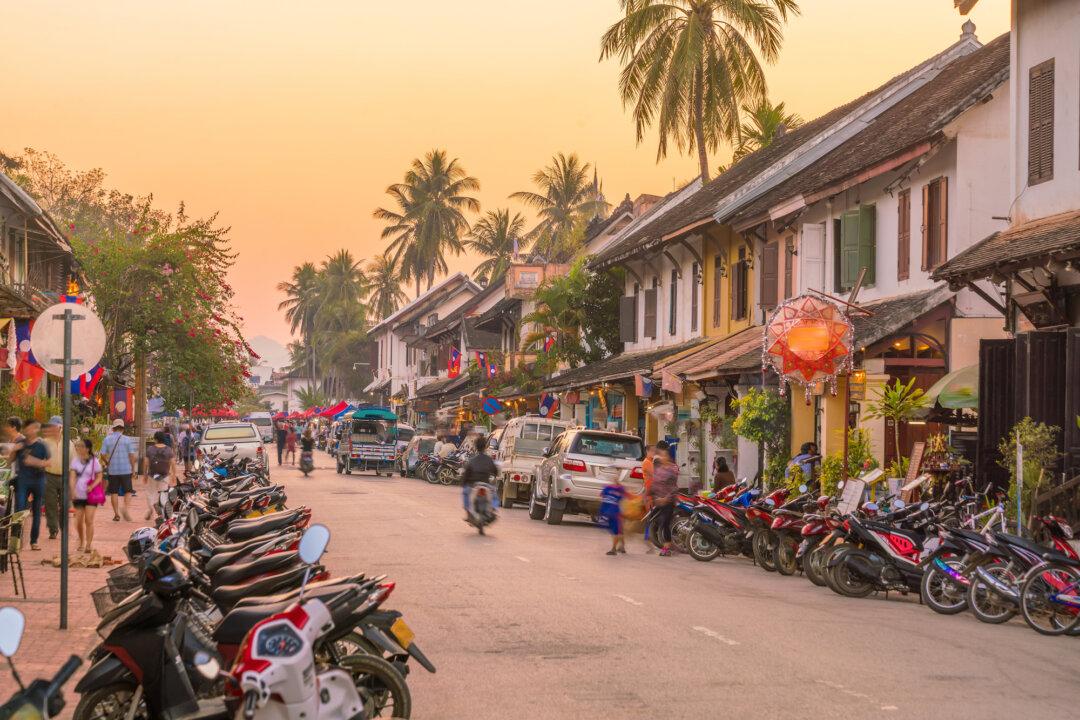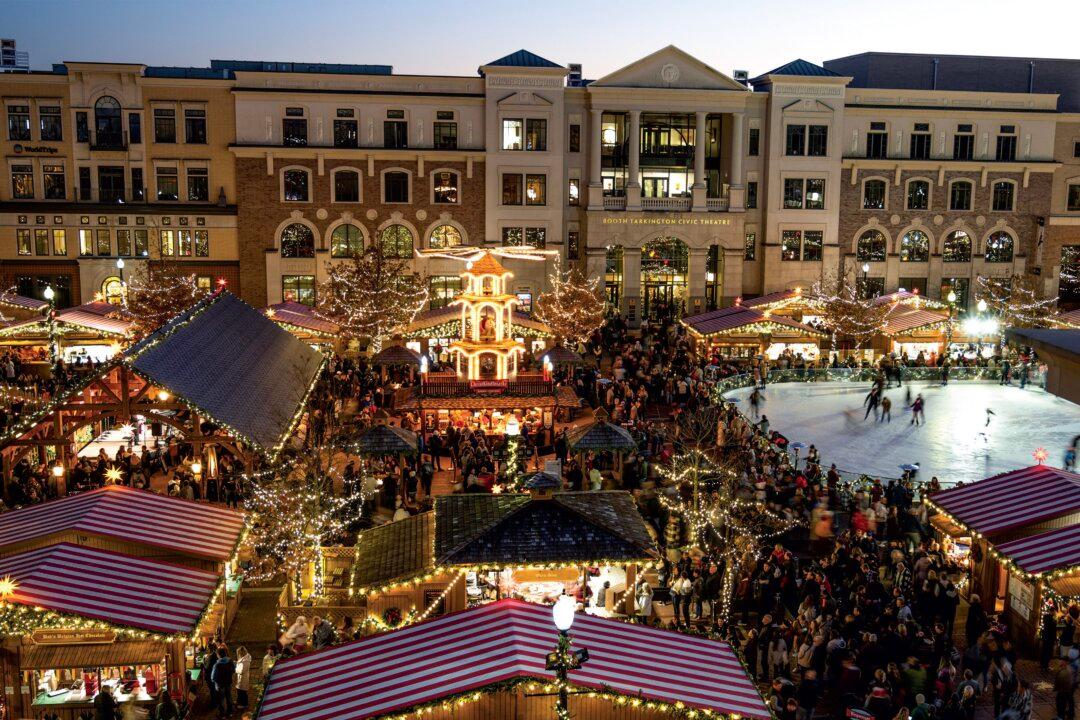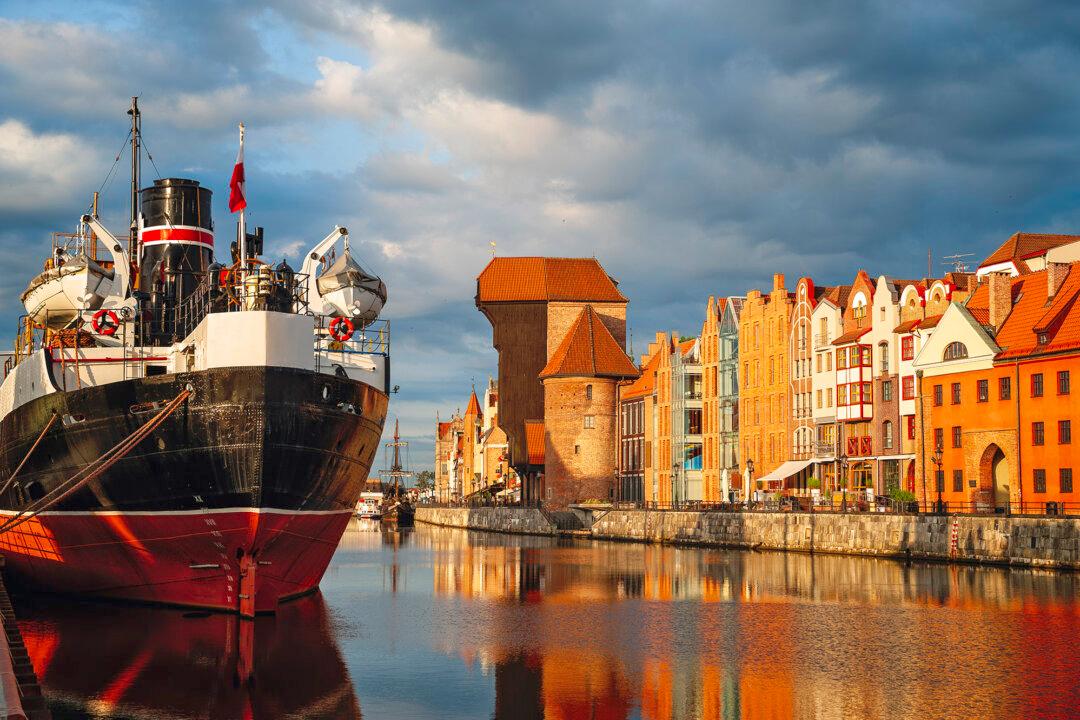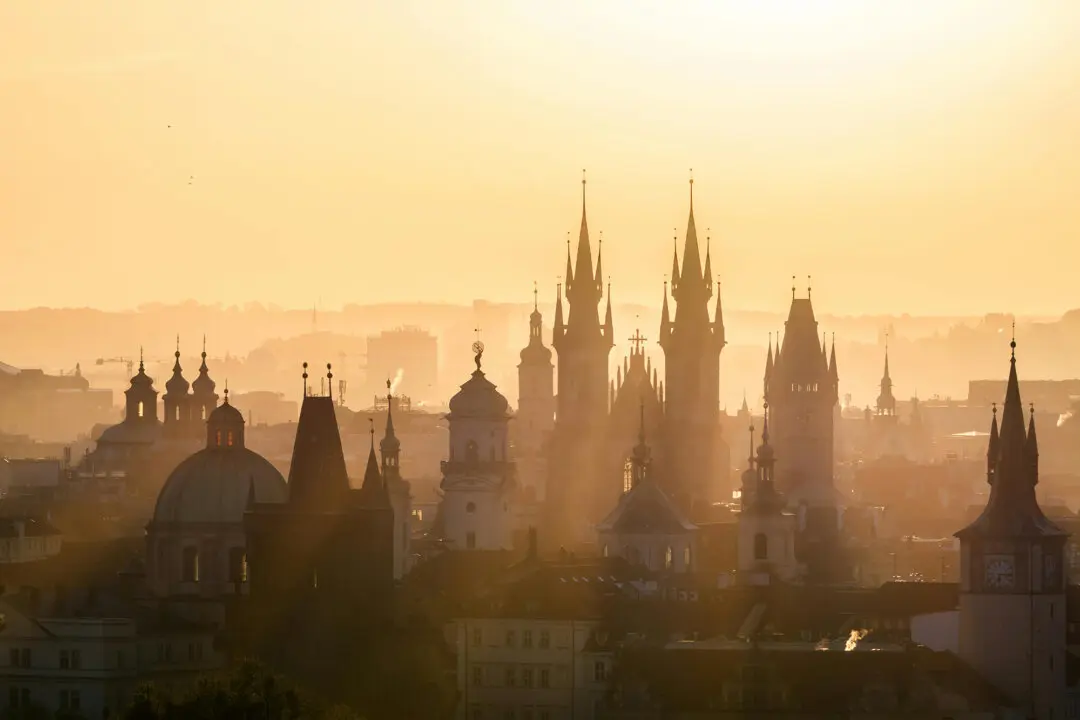Having landed that morning in Luang Prabang, an almost-mystical city of temples and palaces cradled high in the mountains, I made my way to the night market. Set close to a big bend of the mighty Mekong River, this famous market features hundreds of vendors, a swirl of color and light under red and blue tents. Walking past rows of sellers, you could pick up everything from hand-painted artwork to pop-up postcards and even jewelry made from bombs dropped on the country in the 1960s and 1970s. A sign next to the stall explained the history, encouraging potential customers to “buy back the bombs.”
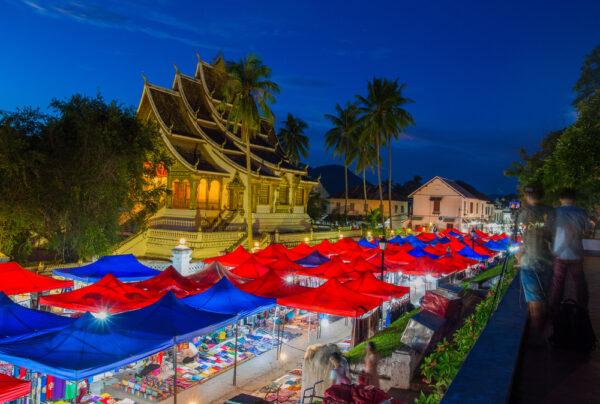
The night market in Luang Prabang. pang_oasis/Shutterstock

